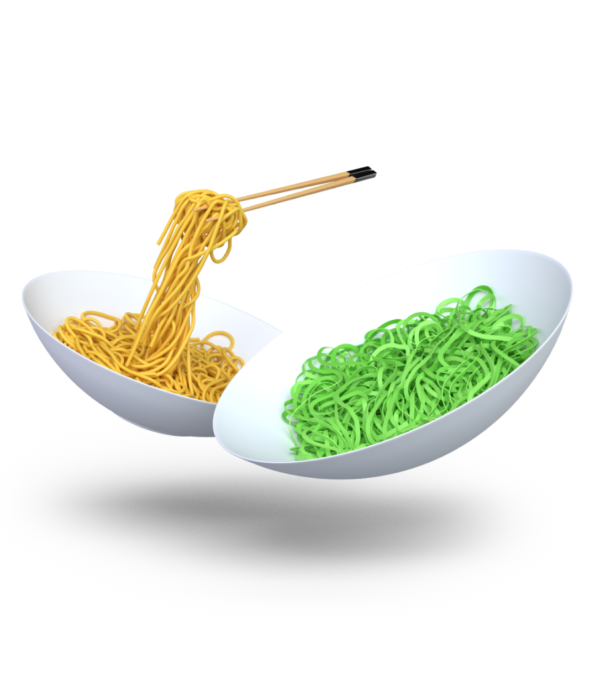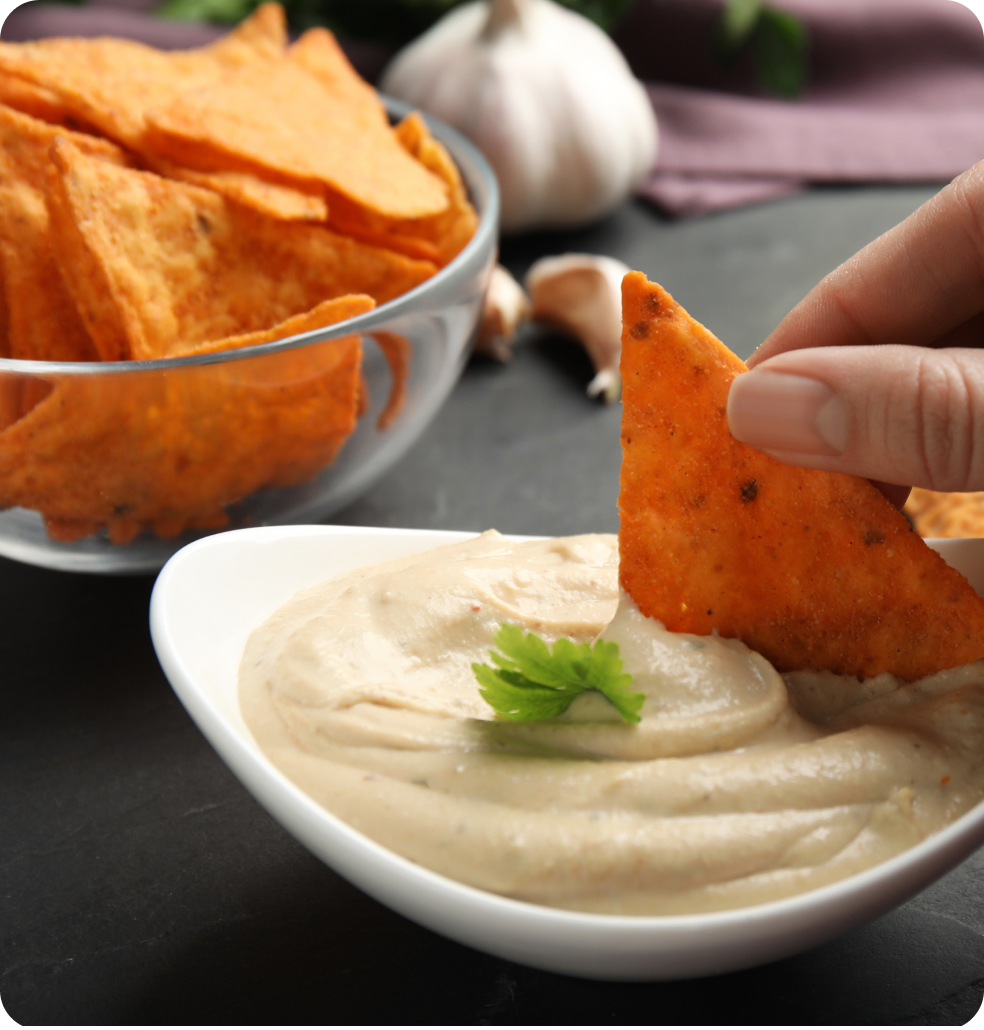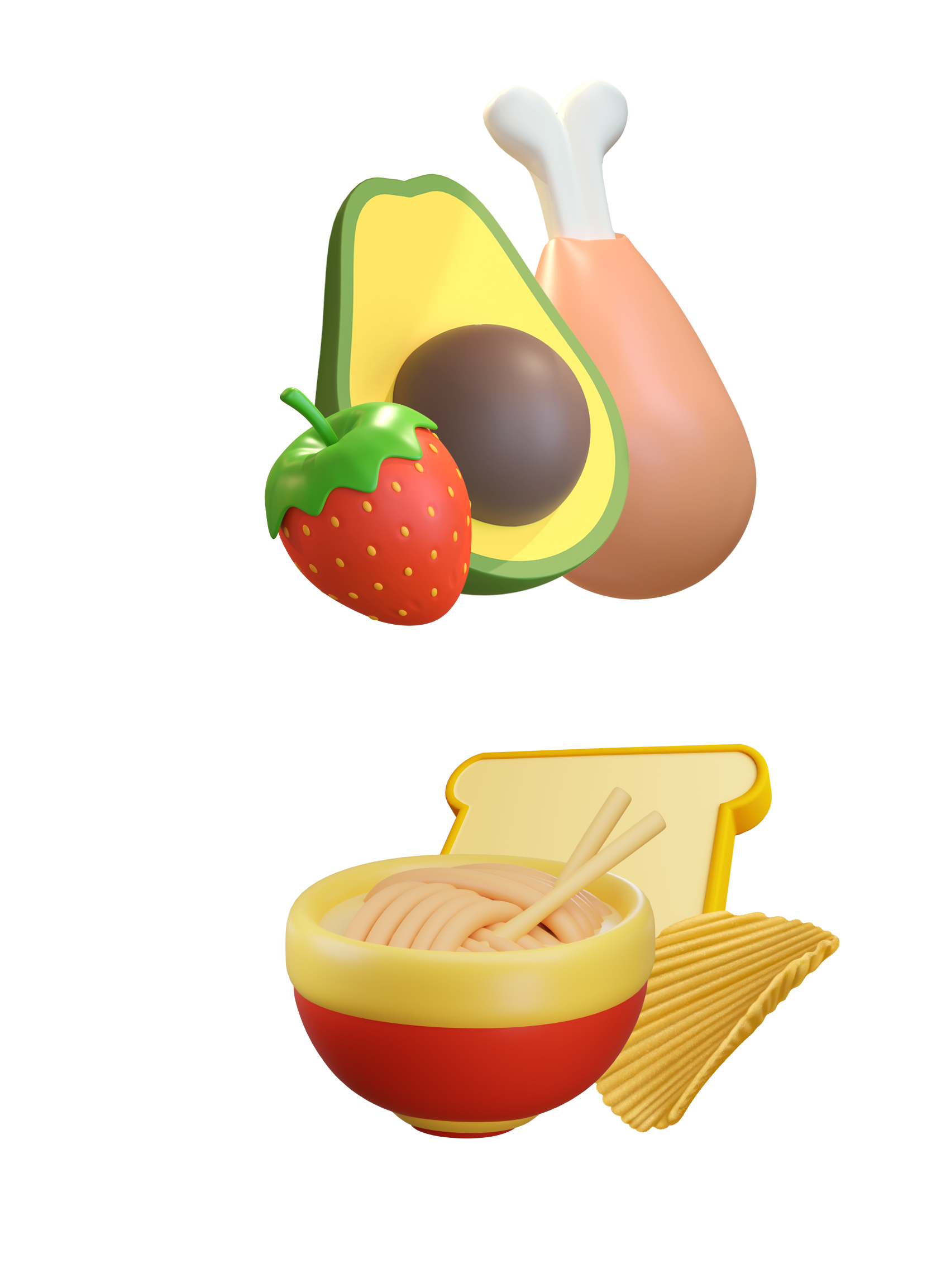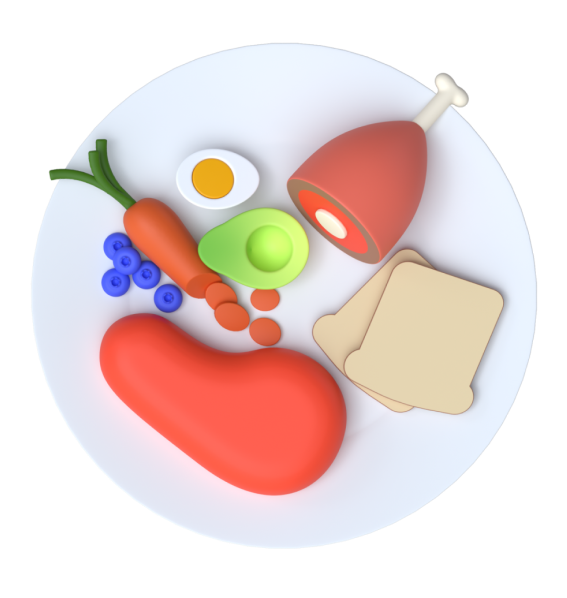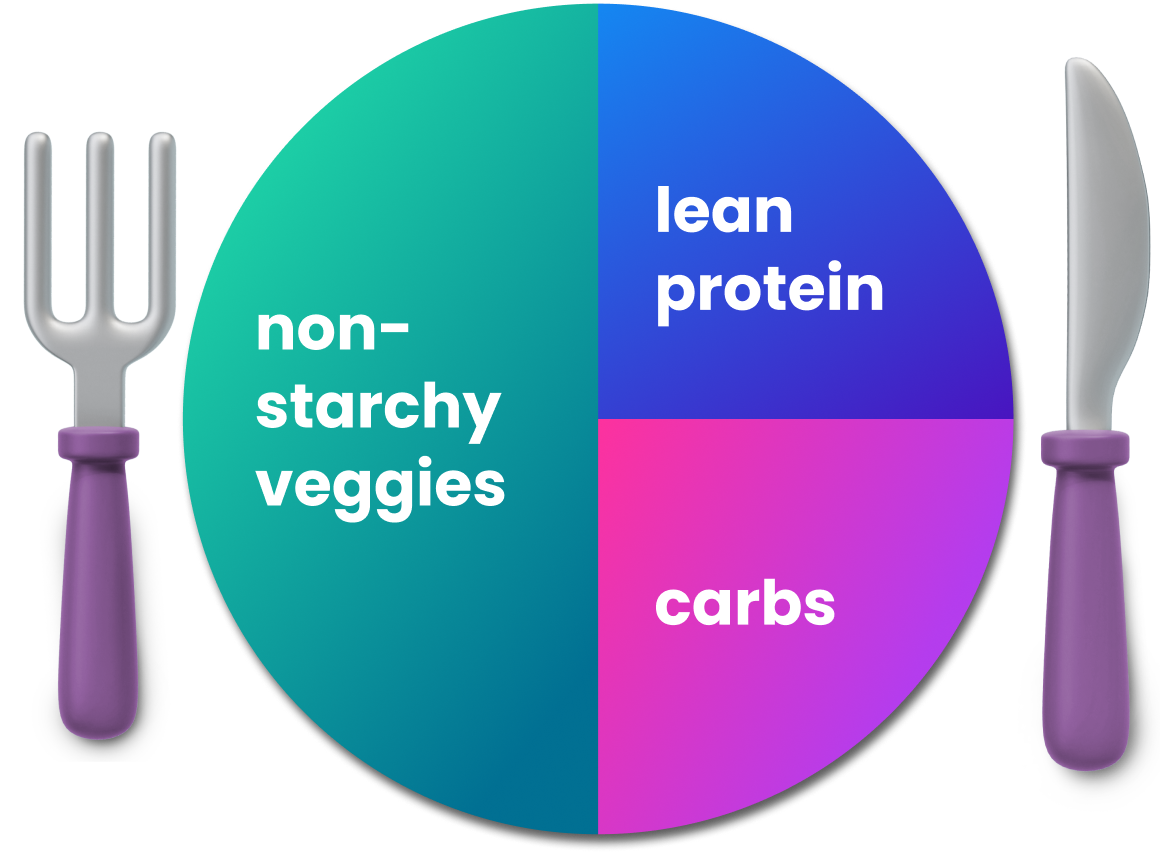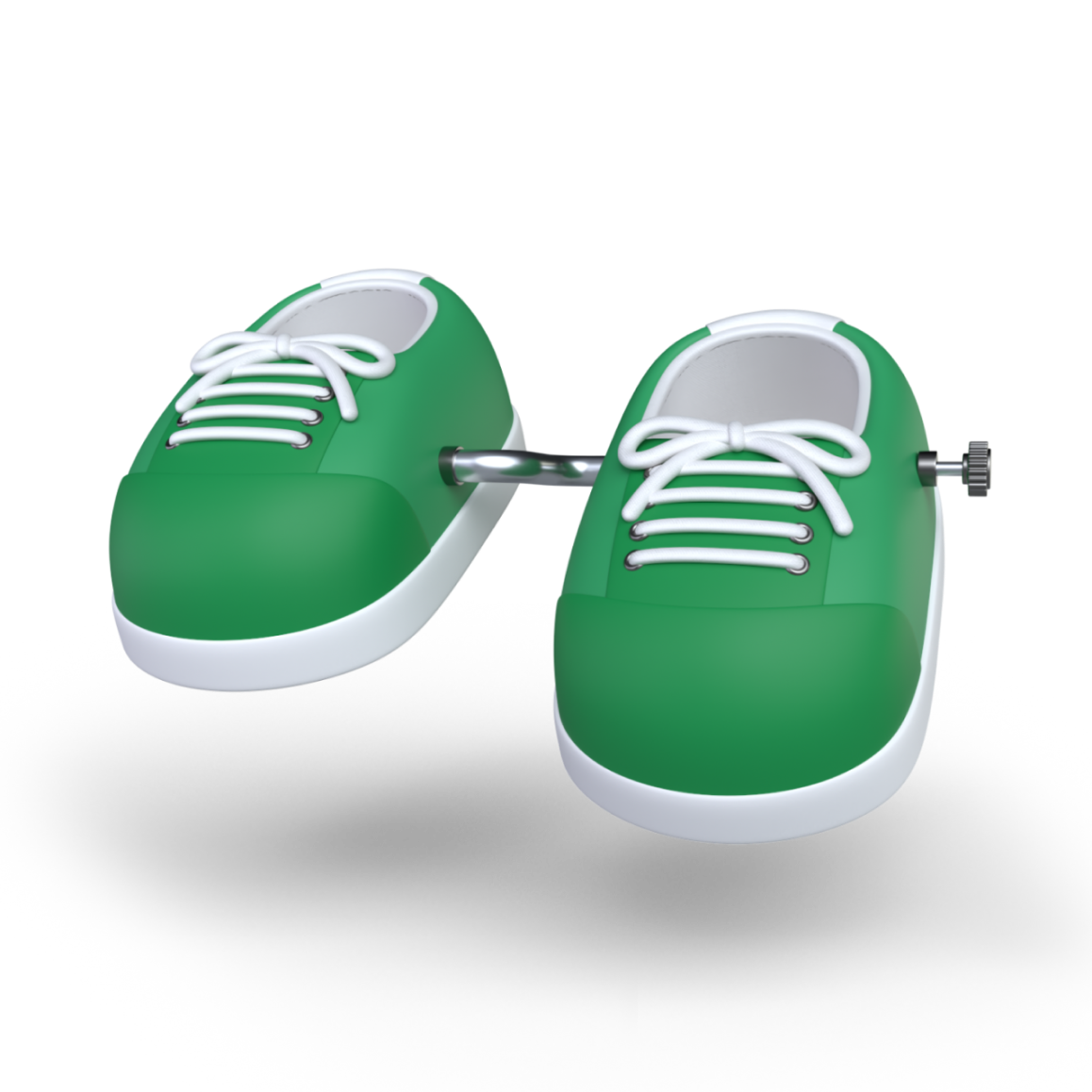Try easy food swaps.
Level2 members and coaches report that simply swapping out certain popular carbohydrate-filled foods for less carby foods can make a big difference. Here are some of their favorites:
| ORIGINAL | SWAP |
|---|---|
| Rice | Cauliflower rice |
| Spaghetti (pasta) | Zucchini noodles or spaghetti squash |
| Canned fruit (packed in syrup) | Canned fruit packed in water or its own juice |
| Creamy dips | Hummus, avocado dip or cottage cheese |
| Hamburger or hotdog bun | Lettuce wraps |
| Foods that are fried, breaded or battered | Foods that are grilled, steamed, baked, poached, roasted or cooked in an air fryer |

